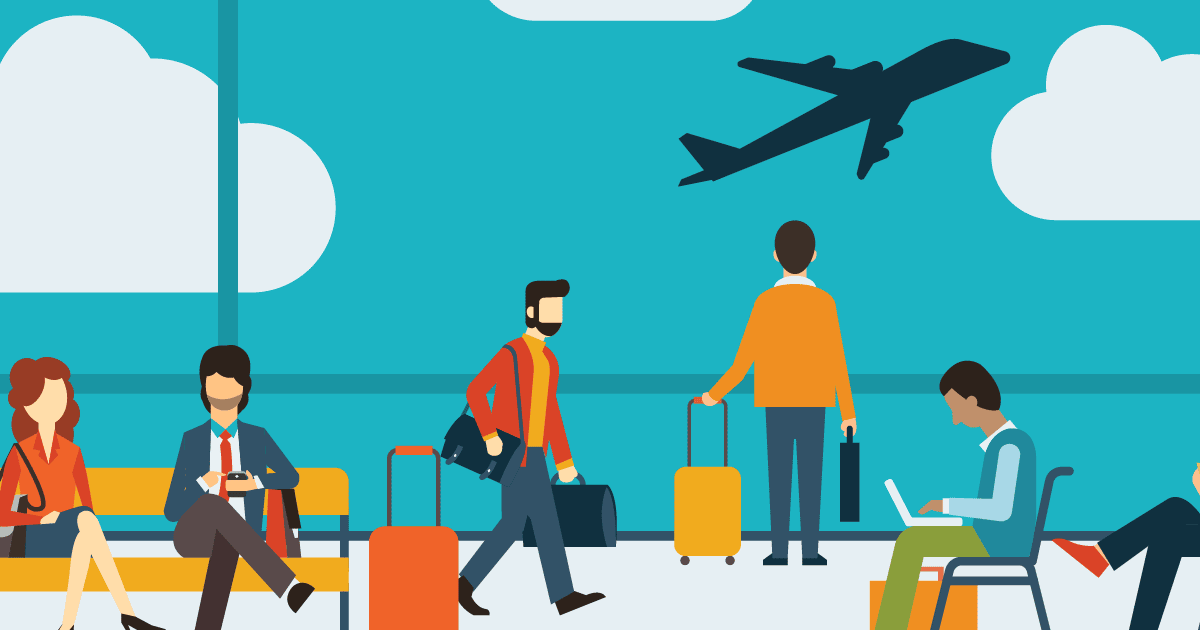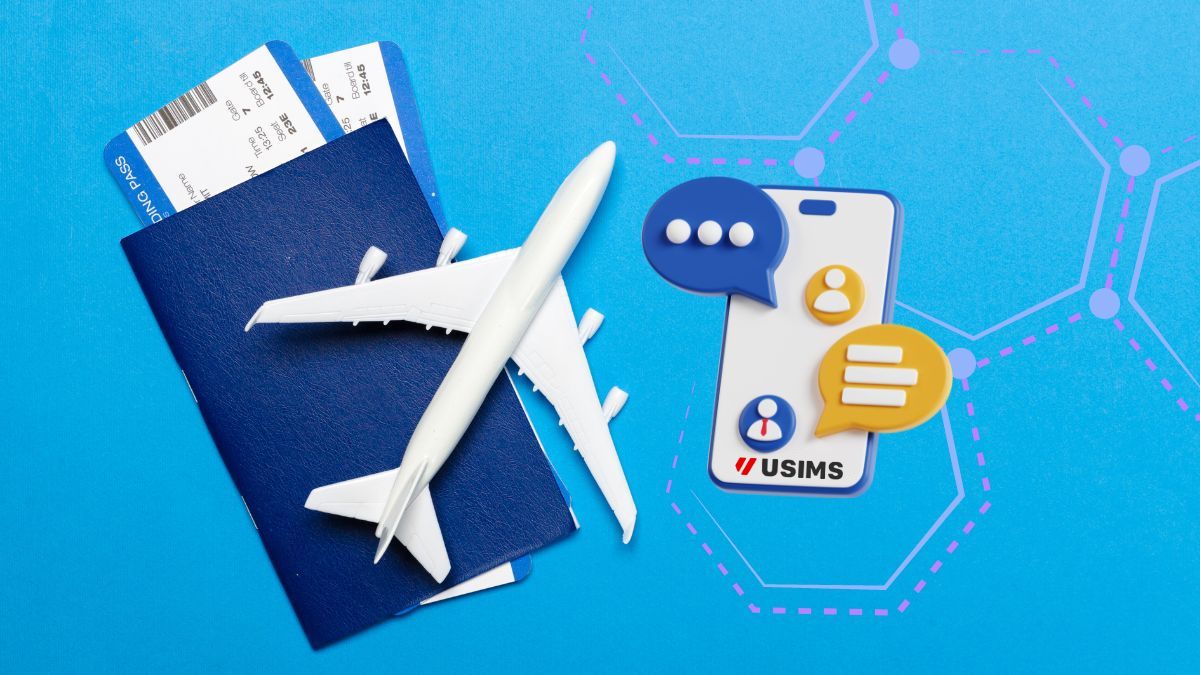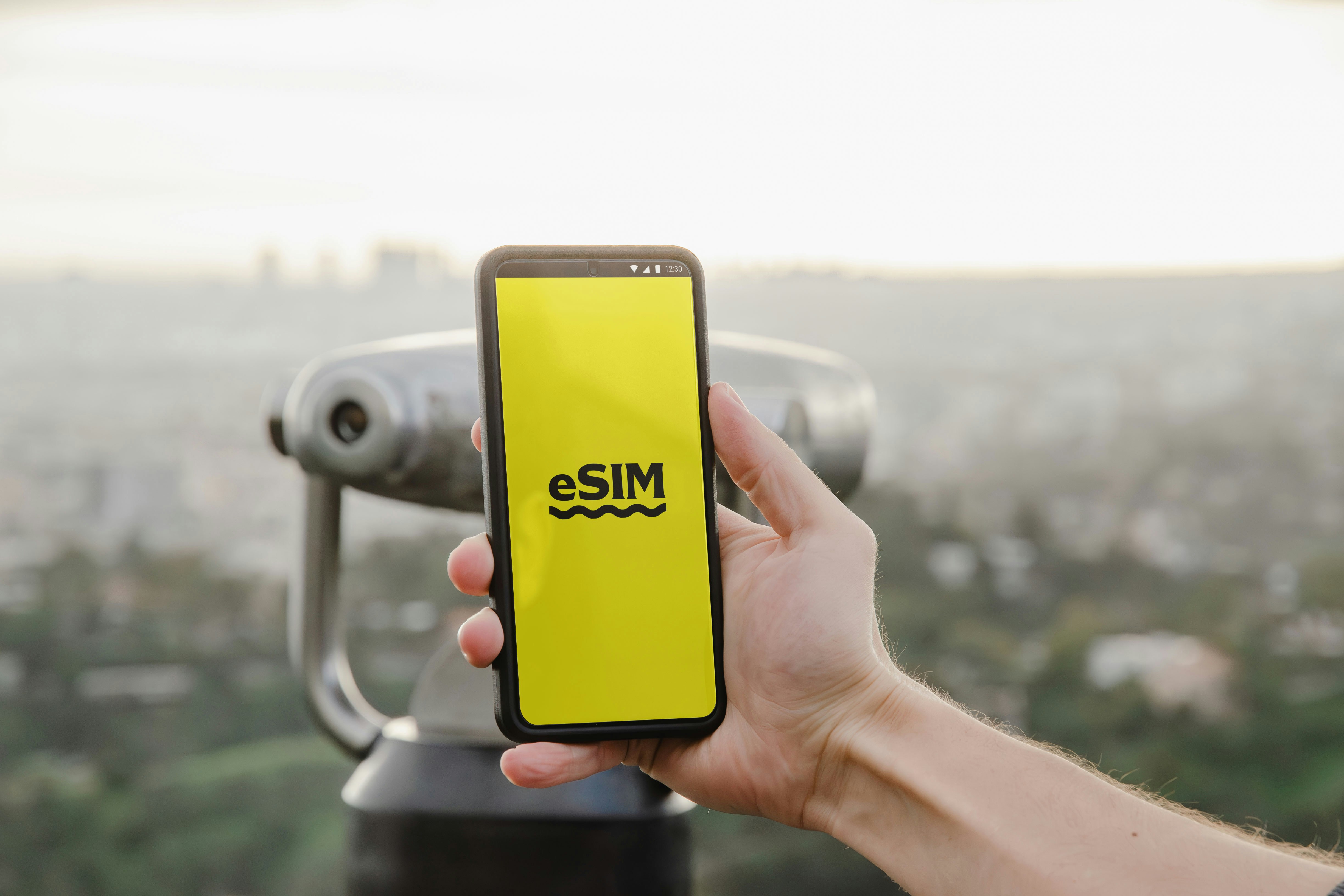A Subscriber Identity Module, or SIM card, is that thumbnail-sized piece of plastic you slide into your phone before switching it on in a new country. But what’s actually hiding on that tiny chip—and why does it matter if you’re thinking about upgrading to an eSIM with USIMS? Below we unpack every key data element stored on a physical SIM, explain how each affects roaming, security, and connectivity, and show why an embedded SIM (eSIM) is today’s smarter alternative.
Quick Take: Why SIM Card Data Still Matters
| SIM Data Field | What It Does | Why You Care on the Road |
|---|---|---|
| IMSI (International Mobile Subscriber Identity) | Authenticates you to a carrier network | Determines whether you connect locally or pay roaming rates |
| ICCID (Integrated Circuit Card ID) | Unique serial number of the physical SIM | Needed when activating / replacing a lost SIM |
| Authentication Key (Ki) | Secret encryption key paired with the IMSI | Prevents network spoofing and SIM cloning |
| Network Preferences (PLMN list) | Tells the phone which partner networks to prefer | Impacts signal quality and roaming partners abroad |
| SMS & Contact Storage (legacy) | Limited space for texts or contacts | Handy for feature phones, mostly obsolete on smartphones |
Good to know: Modern phones store contacts and messages in the cloud, but core identity data (IMSI + Ki) never leaves the SIM. That keeps your account safe from over-the-air hacking attempts.
A Deeper Dive into Each SIM Data Type
1. IMSI – Your Digital Passport
The IMSI is a 15-digit number hard-coded to your mobile subscription. When you cross a border and power on your phone, the network reads the IMSI to decide: “Is this user local, or do we charge roaming?” If you stick with a home-country SIM, your IMSI tells foreign towers to route usage back to your domestic carrier—often at premium rates.
2. ICCID – The SIM’s Serial Number
Printed on the card’s metal contacts and stored in its memory, the ICCID identifies the actual piece of plastic. Carriers use it to ship, inventory, and activate cards. Lose the SIM and the ICCID is useless—your account lives on with your IMSI and Ki.
3. Ki – The Secret Key That Keeps Calls Private
The Ki is a 128-bit secret known only to the SIM and the carrier’s authentication server. During login, the network sends a random challenge; your SIM signs it with the Ki, proving you are who you say you are. Without the Ki, bad actors can’t hijack your number.
4. PLMN & Preferred Roaming Lists
Older SIMs carry a “preferred network” table, guiding your phone to specific roaming partners first. If you’ve ever wondered why your handset latches onto a weak signal instead of a strong local carrier, an outdated PLMN list may be to blame. eSIM profiles update this list automatically each time you download a new plan—no manual reselection required.
5. Legacy SMS / Contact Storage
Feature phones once relied on the SIM to store 20–250 contacts and a handful of SMS messages. With cloud backups and massive onboard storage, most travelers never touch this space, but IoT devices still depend on it for low-level messaging.
From Plastic to Digital: Why eSIM Wins
Physical SIMs lock your IMSI and Ki to one carrier at a time. An eSIM lets you download multiple secure profiles over the air—ideal for international travelers who want local-rate data without hunting for shops. USIMS issues its own IMSI + Ki pair digitally, so:
- No plastic to lose or damage
- Instant activation via QR or in-app tap
- Automatic PLMN updates to the best local networks
- Dual-SIM freedom—keep your home number active for calls
Read the full comparison in eSIM vs. Physical SIM: Which Is Better?.
FAQs
Q1: Can someone steal my data if they grab my SIM card?
Only if they also know your phone’s unlock code and bypass carrier security. eSIMs remove that physical theft risk entirely.
Q2: Does USIMS store my Ki on its servers?
No. The Ki stays encrypted in the eSIM profile on your device and in our carrier-grade authentication system. We never expose it.
Q3: Will my contacts disappear if I switch to an eSIM?
Modern smartphones store contacts in the cloud or handset memory, not on the SIM. Switching does not affect them.
Q4: How do I avoid roaming fees with USIMS?
Download a local or regional eSIM plan in the USIMS app—see our guide Data Roaming Explained for details.
Takeaway
A physical SIM holds crucial identity keys and legacy data, but it also ties you to one operator. Upgrading to a USIMS eSIM keeps those security benefits while giving you instant, carrier-agnostic freedom in 120 + countries. Ready to ditch the plastic? Download USIMS and activate your first plan in under a minute.



